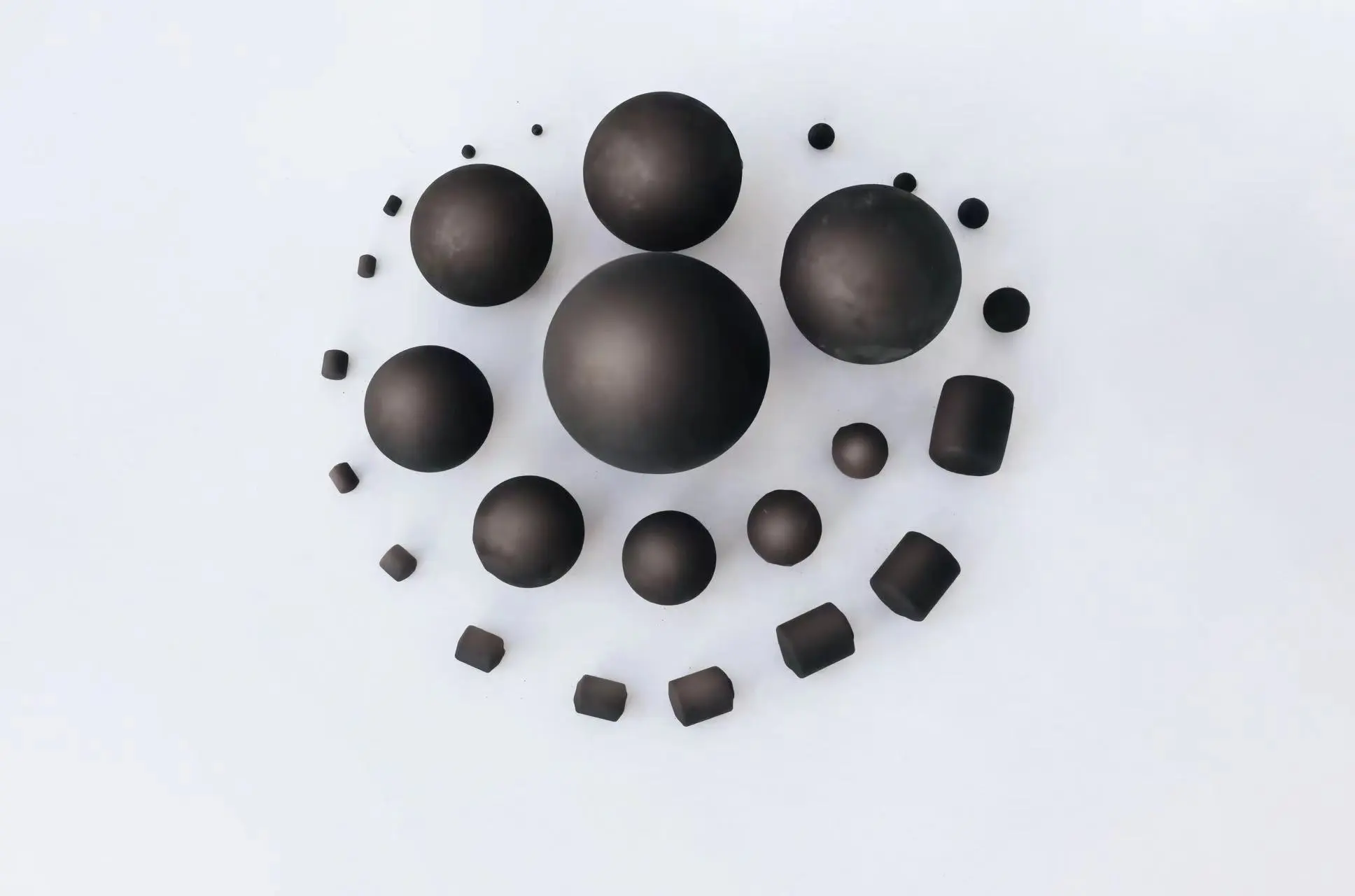Regular Inspection and Monitoring
One of the most vital aspects of maintaining high chrome grinding media is conducting regular inspections. These periodic checks allow you to identify potential issues before they escalate into more significant problems. During inspections, pay close attention to the following:
- Surface wear patterns
- Cracks or fractures
- Unusual discoloration
- Changes in shape or size
Implementing a robust monitoring system can help track the performance of your grinding media over time. This may involve measuring parameters such as:
- Grinding efficiency
- Power consumption
- Noise levels
- Vibration patterns
By closely monitoring these factors, you can detect any deviations from normal operation and take appropriate action. This proactive approach can significantly extend the lifespan of your high chrome grinding media and improve overall process efficiency.
Proper Handling and Storage
The way you handle and store high chrome grinding media can have a substantial impact on their performance and longevity. Here are some best practices to consider:
- Store grinding media in a clean, dry environment to prevent corrosion and contamination.
- Use appropriate lifting equipment when handling large quantities of grinding media to avoid damage and ensure worker safety.
- Implement a first-in, first-out (FIFO) inventory system to ensure even wear across your grinding media stock.
- Avoid exposing grinding media to extreme temperatures or rapid temperature changes, which can lead to thermal stress and cracking.
- Keep different sizes and compositions of grinding media separated to prevent mixing and potential process inefficiencies.
Proper handling and storage not only protect your investment in high chrome grinding media but also contribute to consistent grinding performance. By implementing these practices, you can minimize the risk of premature wear or failure and maintain optimal grinding conditions.
Optimizing Operating Conditions
The operating conditions within your grinding mill have a significant impact on the wear rate and performance of high chrome grinding media. To maximize their lifespan and efficiency, consider the following optimizations:
- Maintain proper mill speed: Operating at the optimal speed reduces unnecessary wear and ensures efficient grinding. When the mill runs at the correct speed, it maximizes the impact force on the materials being processed, which leads to better breakage and a more uniform particle size distribution. Conversely, running too fast can cause the grinding media to become centrifugally displaced, while running too slow may result in insufficient energy transfer. Therefore, regular monitoring of mill speed is essential for maintaining optimal grinding performance.
- Control feed rate and size: Overloading the mill or introducing oversized feed can lead to excessive wear and reduced efficiency. An appropriate feed rate allows for a consistent flow of material into the mill, ensuring that the grinding media can effectively break down the particles without becoming overwhelmed. Additionally, controlling the size of the feed material helps to avoid blockages and promotes smoother operation. Regular assessments of the feed characteristics can help prevent issues related to overloading.
- Monitor and adjust slurry density: The correct slurry density helps maintain proper grinding media motion and reduces wear. A well-balanced slurry density fosters an ideal environment for the grinding process, allowing the media to move freely and efficiently interact with the material. Deviations from the optimal density can hinder the movement of the grinding media, leading to suboptimal grinding and increased wear on both the media and the mill components.
- Optimize ball charge: Maintaining the right quantity and size distribution of grinding media is crucial for efficient operation. An optimal ball charge ensures that there is enough contact between the grinding media and the material, facilitating effective breaking and reducing energy consumption. Regularly checking and adjusting the ball charge helps to maximize grinding efficiency and minimize wear on the media.
- Implement liner protection: Using appropriate mill liners can help protect both the mill and the grinding media from excessive wear. High-quality liners are designed to withstand the harsh operating conditions of milling processes while providing a barrier against wear on the mill itself. By selecting the right liners, operators can extend the lifespan of their mills and enhance overall grinding performance, resulting in improved efficiency and reduced maintenance costs.
Regular analysis of your grinding process can help identify opportunities for optimization. This may involve conducting grind tests, analyzing particle size distribution, or employing advanced modeling techniques to simulate and optimize mill performance.
Additionally, consider the impact of your grinding media selection on maintenance requirements. High-quality, wear-resistant grinding media may have a higher initial cost but can offer significant benefits in terms of reduced maintenance needs and longer operational life.
Implementing a comprehensive maintenance strategy for your high chrome grinding media is essential for maximizing their performance and longevity. By combining regular inspections, proper handling and storage practices, and optimized operating conditions, you can significantly extend the life of your grinding media and improve overall process efficiency.
Remember that maintenance requirements may vary depending on your specific application and operating environment. It's always advisable to consult with grinding media experts or manufacturers for tailored advice on maintaining your high chrome grinding media.
At NINGHU, we specialize in manufacturing high-quality, wear-resistant grinding media for a wide range of industrial applications. With over thirty years of experience in producing wear-resistant materials, we offer casting grinding balls and cylpebs in various sizes and chromium contents to meet the diverse needs of industries such as cement production, metallurgical mining, and power generation. For more information about our products and how to optimize their performance, please don't hesitate to contact us at sales@da-yang.com and sunny@da-yang.com.









